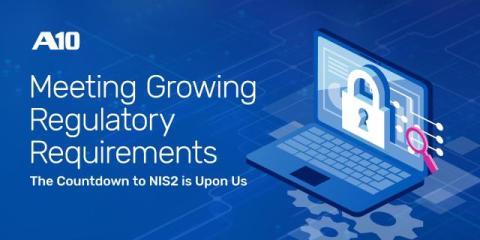Pronsis Loader: A JPHP-Driven Malware Diverging from D3F@ck Loader
Trustwave's Threat Intelligence team has discovered a new malware dubbed Pronsis Loader, with its earliest known variant dating back to November 2023. This loader shares similarities with the D3F@ck Loader , which surfaced in January 2024. Pronsis Loader has been observed delivering different malware variants, including Lumma Stealer and Latrodectus as its primary payloads. Additionally, the team identified infrastructure linked to Lumma Stealer during the investigation.











